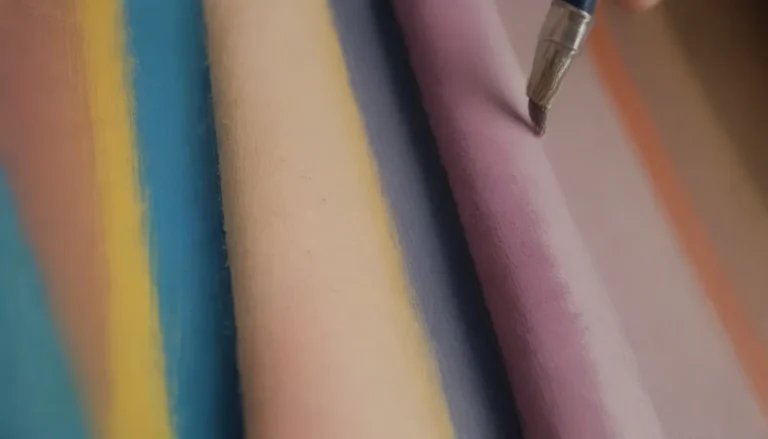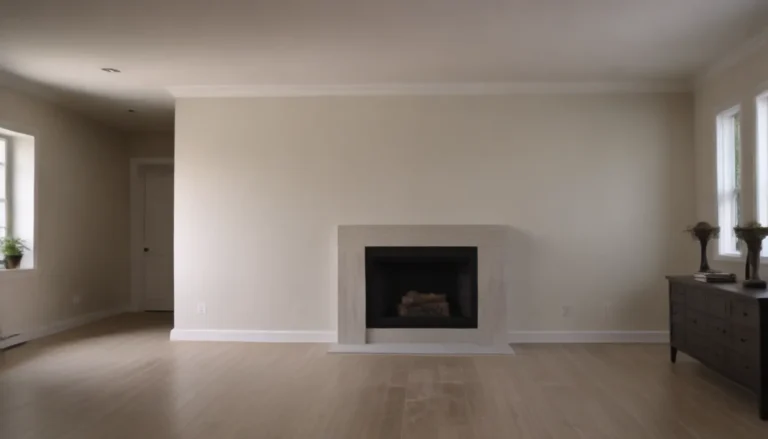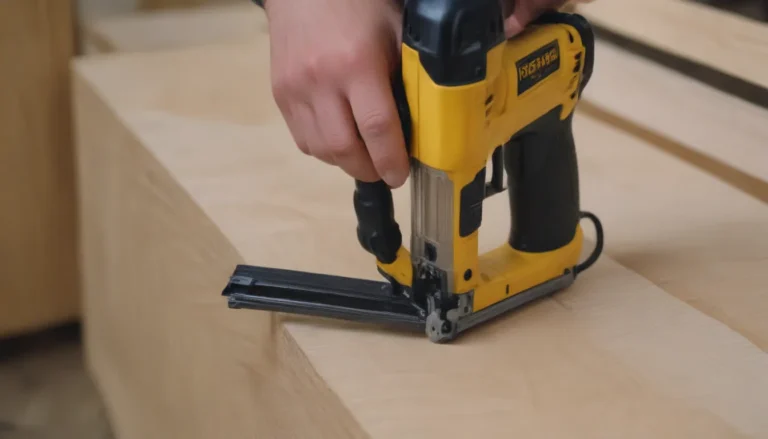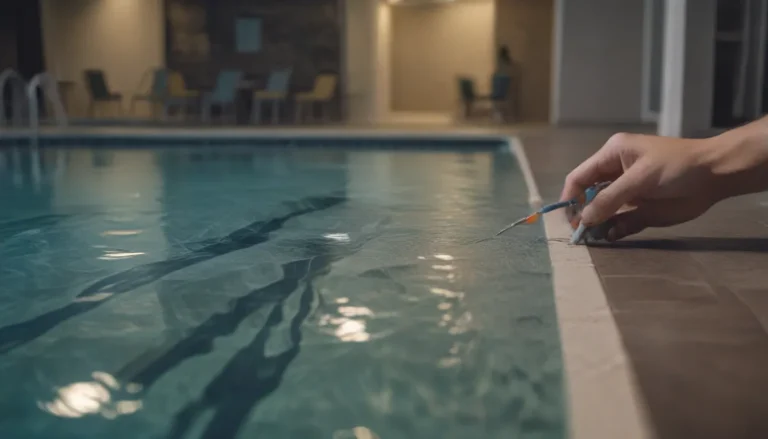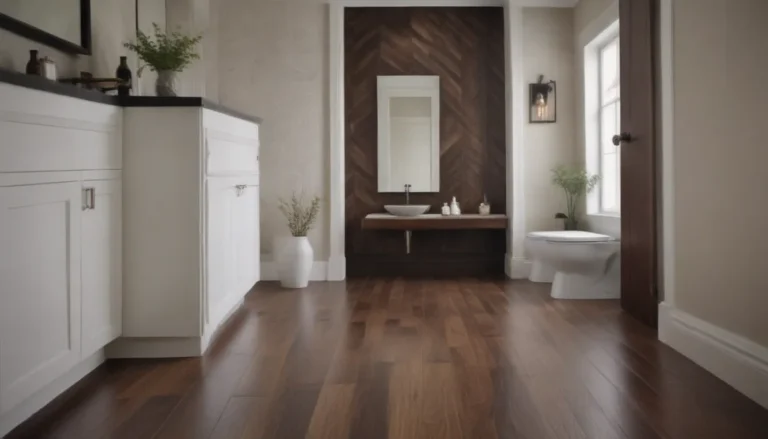Everything You Need to Know About Backsplashes For Your Kitchen and Bathroom
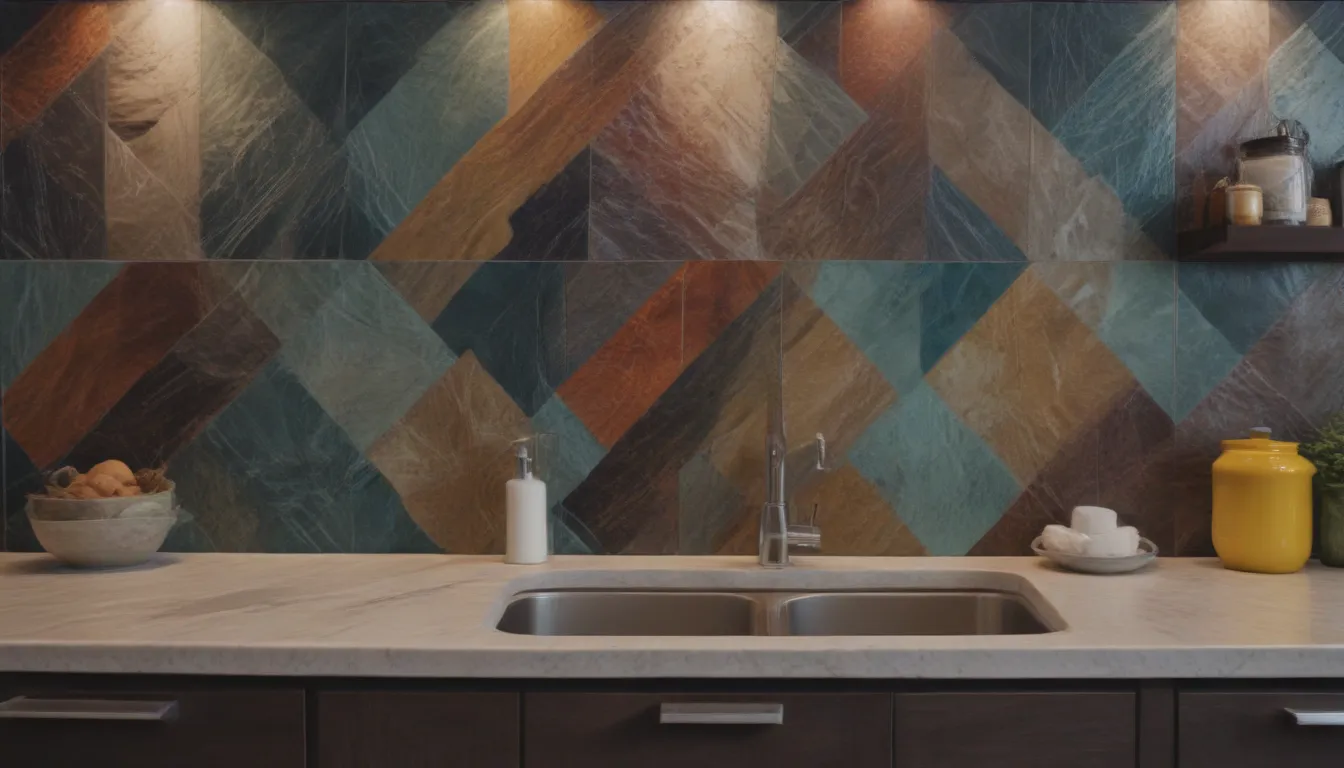
Are you ready to elevate the style and functionality of your kitchen or bathroom? Look no further than installing a beautiful backsplash! From colorful ceramic tiles to sleek glass options, backsplashes offer a plethora of design choices to suit your taste. But before you dive into this exciting project, it’s essential to understand the basics of backsplashes to ensure a successful installation. In this comprehensive guide, we’ll walk you through everything you need to know about backsplashes for kitchens and baths.
What exactly is a Backsplash?
A backsplash is a vertical extension to a counter, typically found in kitchens or bathrooms. It serves both functional and aesthetic purposes, protecting the wall behind the sink and countertop from water damage and splatters. In the kitchen, backsplashes also shield other areas of the countertop from grease and food splatter during meal prep. Additionally, backsplashes can add a decorative touch to your space, acting as a permanent piece of artwork on your wall.
The Importance of a Backsplash
Due to the high moisture and heavy use that kitchens endure, having a backsplash along the back of your kitchen countertop is crucial. Even in bathrooms, where moisture levels may be lower, a backsplash is still recommended to protect the wall from damage. Whether you opt for a simple design or a more elaborate one, a backsplash serves as a barrier against water, grease, and other potentially damaging elements from reaching your walls.
Installation Made Easy
Many backsplashes are crafted from ceramic or porcelain tile, which are both user-friendly materials that offer a wide range of design options. Installing a backsplash is a relatively straightforward DIY project that can be completed in a few hours with minimal tile cutting. The process is less messy compared to other tile projects, as only a thin layer of thinset mortar is required for installation.
Tip:
Consider using peel-and-stick tile backsplash for even easier installation, with no need for mortar or grout.
Traditional Backsplash Materials
When it comes to choosing materials for your backsplash, the possibilities are endless. Here are three traditional options to consider:
– Ceramic or Porcelain Tile: Known for their easy maintenance and affordability, ceramic or porcelain tiles are popular choices for backsplashes.
– Glass Tile: If you prefer a modern aesthetic, glass tiles offer a sleek and contemporary look for your kitchen or bathroom.
– Countertop Material: Some countertop installers offer backsplashes made from the same material as the countertop itself, providing a seamless and cohesive look to your space.
Non-Traditional Backsplash Materials
Looking to get creative with your backsplash? Consider these non-traditional materials for a unique touch:
– Sheet Laminate or Glass: Painted sheet glass backsplashes offer a durable and customizable option for your kitchen or bathroom.
– Laminate Flooring: Surprisingly, laminate flooring planks can also be used as backsplash material, providing a quick and attractive alternative to traditional tiles.
– Stainless Steel: For a modern and industrial look, stainless steel backsplashes are easy to clean and add a touch of sophistication to your space.
Whether you opt for classic ceramic tiles or innovative glass materials, a well-designed backsplash can transform the look and feel of your kitchen or bathroom. With the right materials and a bit of creativity, you can create a stylish and functional backsplash that enhances the overall aesthetic of your space. So, why wait? Start planning your backsplash project today and bring your design dreams to life!
